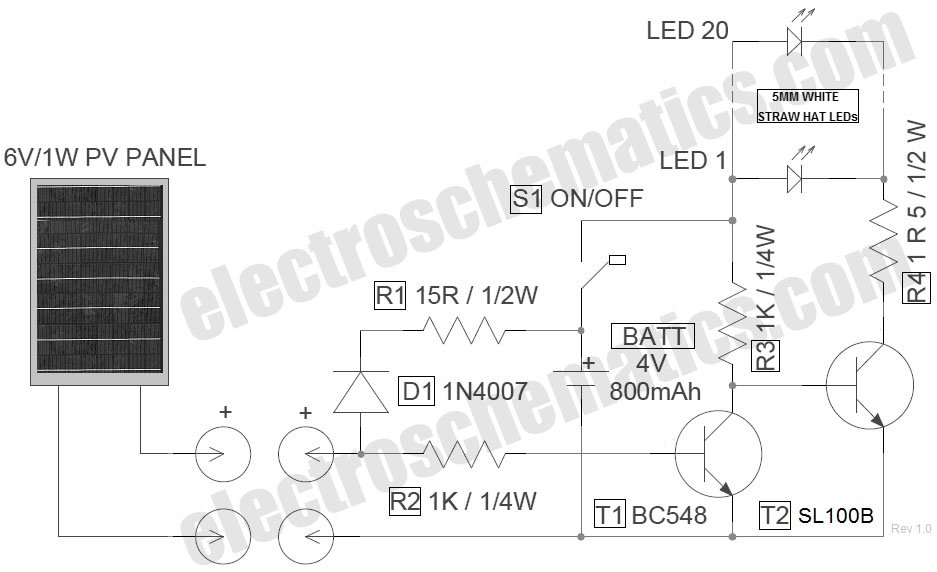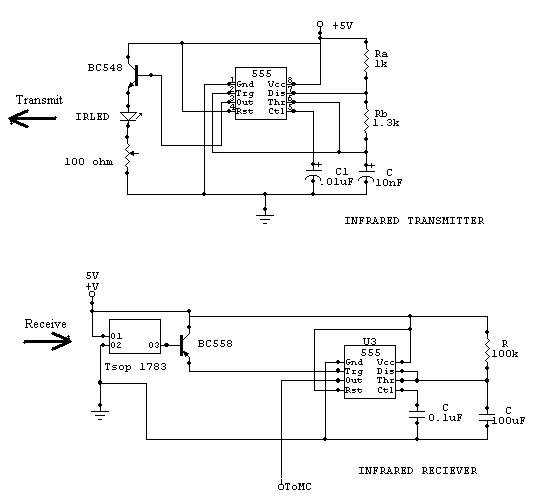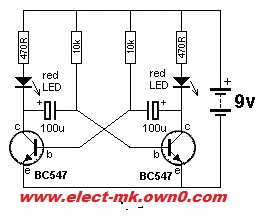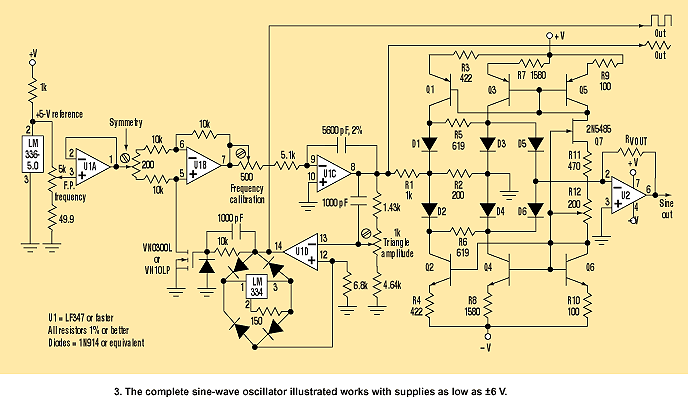
How to make a solar powered robot
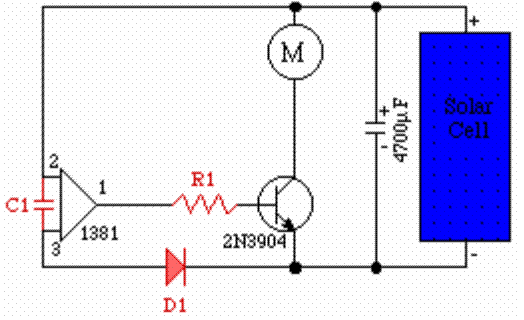
One 1381 part (CMOS voltage-controlled trigger available at different limits) should be selected to match the voltage across the motor (2V in this case). The other terminal of the motor is connected to a 3300µF capacitor, which is in turn connected to the other terminal of the solar panels. (The diagram shows 4700µF; however, the values can be altered to achieve different effects for the robot.) This project will help develop confidence in future electronic projects. It is advisable not to be discouraged if the initial attempts do not succeed. The connections are straightforward but may be confusing for beginners, so it is recommended to make at least two or three attempts before giving up. If those attempts are made, success is likely. The diode can be omitted; it was originally included to prevent battery discharge through the solar panel. Since a battery is not being used and the circuit does not require the capacitor to retain charge when the panel is not in light, the diode becomes unnecessary. However, the circuit diagram still shows the diode based on the Miller solar engine concept. If a diode is used, any type will suffice, as specifications are not critical. Adjusting the resistor and capacitors will help find the optimal solution for the robot. This will affect the power supplied to the motor (and consequently the intensity of the robot's movements) as well as the time intervals between movements. The solar energy is stored by charging the capacitor in the circuit, and when a threshold level is reached, the 1381 component is triggered to operate the motor. The values of the small capacitor determine the duration of activity bursts; larger values will result in longer dance sequences, but the intervals between them will also be extended, and vice versa.
The circuit utilizes a CMOS 1381 voltage-controlled trigger, which is a versatile component capable of operating at various voltage limits. In this application, it is essential to ensure that the selected 1381 part is compatible with the motor voltage, specifically 2V. The motor is connected to the capacitor, which serves as a temporary energy storage device, allowing the robot to perform movements powered by solar energy collected from the solar panels.
The capacitor value of 3300µF can be modified based on the desired performance characteristics of the robot. A higher capacitance value, such as 4700µF indicated in the diagram, will lead to longer operational bursts but will also extend the idle intervals between movements. This trade-off allows for fine-tuning the robot's behavior to match specific requirements or preferences.
The circuit can function without a diode, which is typically used to prevent reverse current flow from the battery to the solar panel. In this design, since there is no battery involved, the diode is not necessary. However, if a diode is incorporated, any standard diode can be utilized, as the specific ratings are not critical for this application.
To optimize the robot's performance, varying the resistor values in conjunction with the capacitor adjustments is recommended. This will influence both the intensity of the motor's operation and the timing of the movements, allowing for a customizable robotic behavior. When the solar panel generates sufficient energy to charge the capacitor to a predetermined threshold, the 1381 component activates the motor, enabling the robot to perform its programmed actions.
In summary, this circuit design provides a practical and educational platform for developing electronic skills while experimenting with solar energy and robotic movements. The simplicity of the connections, combined with the ability to modify component values, offers a valuable learning experience for those interested in electronics and robotics.One 1381 part (CMOS voltage-controlled trigger available at different limits) Get one that matches the voltage across your motor (2V in this case) 8. The other terminal of the motor is connected to the 3300uf capacitor which is in turn connected to the other terminal of the solar panels.
(The diagram shows 4700uf. Don`t worry. As you will see later, the values can be altered to get different effects for the robot. ) Ans: This project will help you develop the confidence on many future electronic projects. Do not worry if you don`t get it right the first time. The connections are simple but they may get confusing for the first timer. So make atleast two or three attempts before giving up. If you make those attempts, you surely will not have to give up is our belief. Ans: The diode can actually be discarded. The diode is actually added to prevent the battery discharge through the solar panel. Since we are not using a battery and the circuit does not need the capacitor to retain charge when the panel is not in the light, the diode becomes superfluous. But as we said, this is based on the Miller solar engine and so the circuit diagram shows the diode. If you are using one, any diode will do. The specifications are not important. 2. Vary the resistor and capacitors to find the optimum solution for your robot. This will alter the power going to the motor ( and hence the intensity of the robot movements) and the time interval between the movements.
The solar energy is stored by charging the capacitor in circuit and when a threshold level is reached, the 1381 part gets triggered and works the motor. 4. The values of the small capacitor determine the burst` of activities. Larger the values, longer will be the dance but intervals between will also be longer and vice versa.
🔗 External reference
The circuit utilizes a CMOS 1381 voltage-controlled trigger, which is a versatile component capable of operating at various voltage limits. In this application, it is essential to ensure that the selected 1381 part is compatible with the motor voltage, specifically 2V. The motor is connected to the capacitor, which serves as a temporary energy storage device, allowing the robot to perform movements powered by solar energy collected from the solar panels.
The capacitor value of 3300µF can be modified based on the desired performance characteristics of the robot. A higher capacitance value, such as 4700µF indicated in the diagram, will lead to longer operational bursts but will also extend the idle intervals between movements. This trade-off allows for fine-tuning the robot's behavior to match specific requirements or preferences.
The circuit can function without a diode, which is typically used to prevent reverse current flow from the battery to the solar panel. In this design, since there is no battery involved, the diode is not necessary. However, if a diode is incorporated, any standard diode can be utilized, as the specific ratings are not critical for this application.
To optimize the robot's performance, varying the resistor values in conjunction with the capacitor adjustments is recommended. This will influence both the intensity of the motor's operation and the timing of the movements, allowing for a customizable robotic behavior. When the solar panel generates sufficient energy to charge the capacitor to a predetermined threshold, the 1381 component activates the motor, enabling the robot to perform its programmed actions.
In summary, this circuit design provides a practical and educational platform for developing electronic skills while experimenting with solar energy and robotic movements. The simplicity of the connections, combined with the ability to modify component values, offers a valuable learning experience for those interested in electronics and robotics.One 1381 part (CMOS voltage-controlled trigger available at different limits) Get one that matches the voltage across your motor (2V in this case) 8. The other terminal of the motor is connected to the 3300uf capacitor which is in turn connected to the other terminal of the solar panels.
(The diagram shows 4700uf. Don`t worry. As you will see later, the values can be altered to get different effects for the robot. ) Ans: This project will help you develop the confidence on many future electronic projects. Do not worry if you don`t get it right the first time. The connections are simple but they may get confusing for the first timer. So make atleast two or three attempts before giving up. If you make those attempts, you surely will not have to give up is our belief. Ans: The diode can actually be discarded. The diode is actually added to prevent the battery discharge through the solar panel. Since we are not using a battery and the circuit does not need the capacitor to retain charge when the panel is not in the light, the diode becomes superfluous. But as we said, this is based on the Miller solar engine and so the circuit diagram shows the diode. If you are using one, any diode will do. The specifications are not important. 2. Vary the resistor and capacitors to find the optimum solution for your robot. This will alter the power going to the motor ( and hence the intensity of the robot movements) and the time interval between the movements.
The solar energy is stored by charging the capacitor in circuit and when a threshold level is reached, the 1381 part gets triggered and works the motor. 4. The values of the small capacitor determine the burst` of activities. Larger the values, longer will be the dance but intervals between will also be longer and vice versa.
🔗 External reference
Warning: include(partials/cookie-banner.php): Failed to open stream: Permission denied in /var/www/html/nextgr/view-circuit.php on line 713
Warning: include(): Failed opening 'partials/cookie-banner.php' for inclusion (include_path='.:/usr/share/php') in /var/www/html/nextgr/view-circuit.php on line 713
